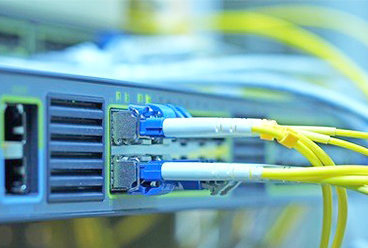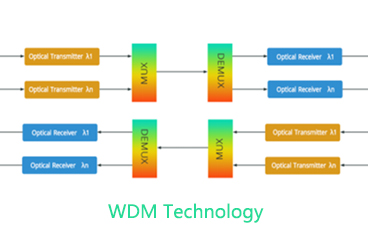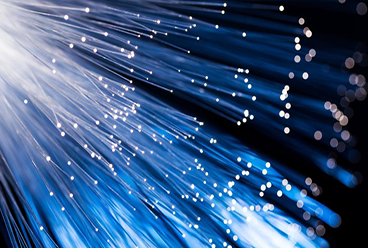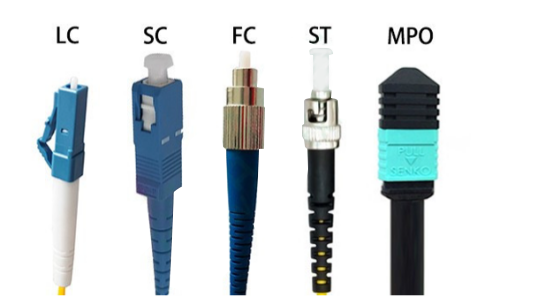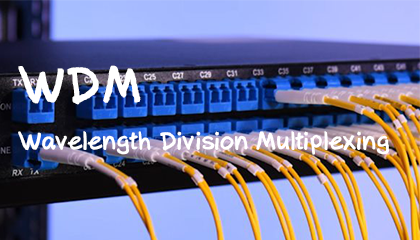Optical fiber is widely used in the field of communication. Generally, we divide optical fiber into single-mode fiber(SMF) and multi-mode fiber(MMF) according to the number of optical fiber transmission modes.
The fiber that can only transmit one mode is called single mode fiber (SMF), and the fiber that can allow multiple modes of light to be transmitted on one fiber is called multi-mode fiber (MMF). Single-mode fiber has a small core with a diameter of 9 µm. During transmission, the optical signal propagates in a straight line, with small dispersion and low loss, and is suitable for long-distance transmission. The core diameter of a multimode fiber is usually 50 or 62.5 µm, and the core width can transmit multiple modes at the same time. Therefore, the dispersion and loss are large, and it is more suitable for short-distance transmission. The cladding diameter of both is 125µm.
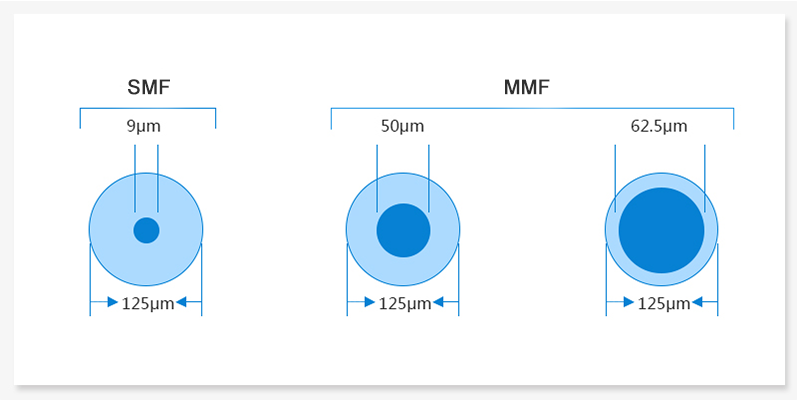
In the transmission mode, multi-mode fiber supports transmission of 850nm or 1310nm wavelength, and single-mode light supports transmission of 1310nm or 1550nm wavelength. In terms of cost, the use of single-mode fiber is higher than that of multi-mode fiber. The main reason is that single-mode fiber uses a laser as the light source and the light generated can be precisely controlled, while multi-mode fiber uses LEDs as the light source, which generates more scattered light. Laser light sources are more expensive than LED light sources, so in terms of equipment, single-mode fiber equipment is more expensive than multi-mode fiber equipment.
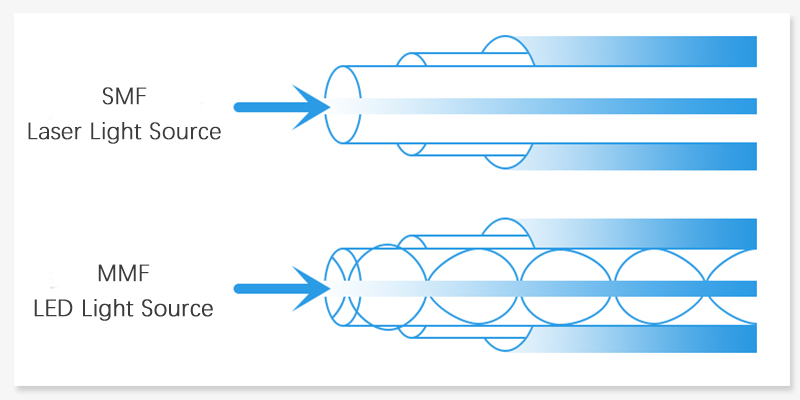
In appearance, we can usually distinguish single-mode fiber and multi-mode fiber by color. Single-mode fiber generally uses yellow outer sheath, multi-mode fiber generally uses water blue or orange outer sheath, and indoor fiber generally uses orange.
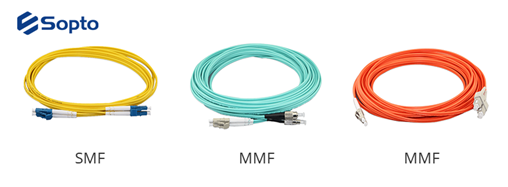
In general, multi-mode fiber and single-mode fiber cannot be mixed. The two transmission modes are different. If they are mixed, it will cause link loss. Usually, we use single-mode and multi-mode conversion jumpers to connect single-mode and multi-mode fiber links. At the same time, two-mode fibers must also use corresponding optical modules. Single-mode fibers cannot use multi-mode optical modules, which will cause greater loss. However, multi-mode optical modules can use single-mode optical modules by converting fiber types through fiber adapters.
In applications, we should choose single-mode fiber and multi-mode fiber according to the transmission distance and cost. For short-distance transmission, there is no difference in performance when choosing multi-mode fiber or single-mode fiber, but the cost of multi-mode fiber is lower. It is more cost-effective to choose multi-mode fiber; if the transmission distance is up to several kilometers, it is more appropriate to choose single-mode fiber, but in the application of high-speed transmission, multi-mode fiber can transmit higher speed than single-mode fiber.
Tags : single-mode fiber ,multi-mode fiber ,SMF ,MMF ,fiber ,FTTx ,optical fiber
— END —




